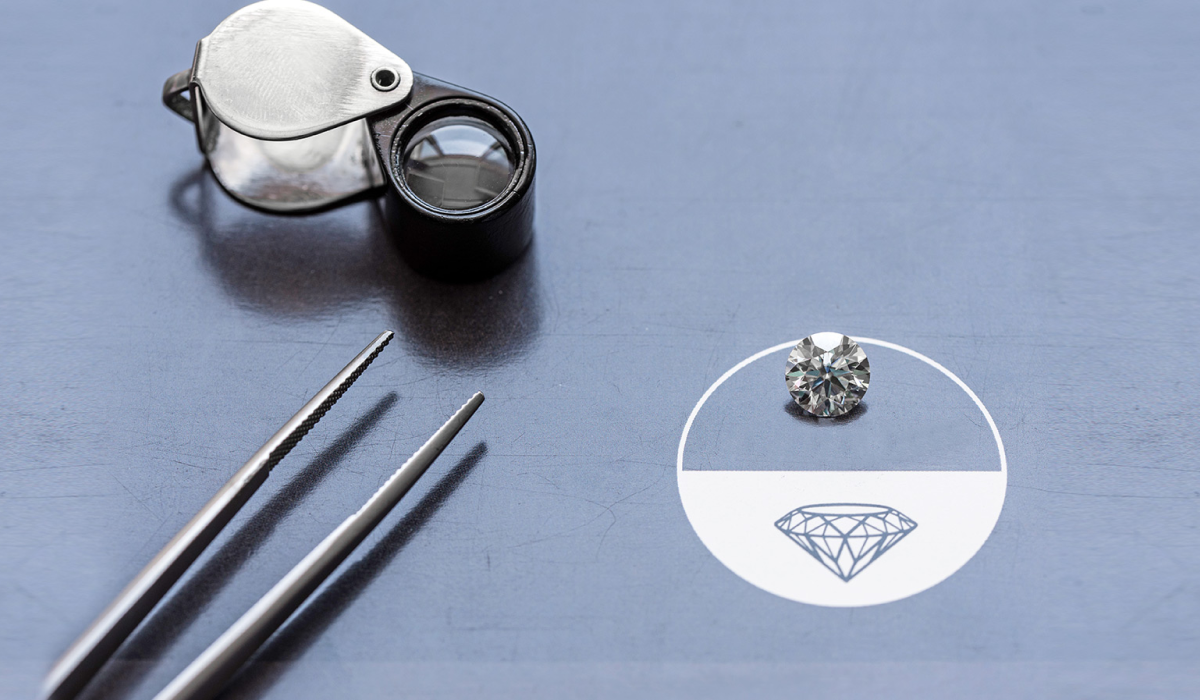Table of Contents
Introduction
In the realm of luxury and ethical jewelry, lab diamonds are making a remarkable splash. These exquisite gems, created through advanced scientific processes, offer consumers a guilt-free alternative to mined diamonds. In this article, we’ll delve into the world of 4Cs lab diamonds, exploring their creation, benefits, costs, quality considerations, and much more.
What are Lab Diamonds?
Understanding the Basics
Lab diamonds, also known as synthetic or cultured diamonds, are gems produced in controlled laboratory environments rather than being mined from the earth’s crust. But don’t let the term “synthetic” fool you; these diamonds possess the same chemical composition, crystal structure, and optical properties as natural diamonds. The key difference lies in their origin – one is formed beneath the earth’s surface over millions of years, while the other is meticulously crafted by human hands in a matter of weeks.
Types of Lab Diamonds
There are primarily two methods used to create lab diamonds: High Pressure High Temperature (HPHT) and Chemical Vapor Deposition (CVD). Each technique has its unique process and results in diamonds of exceptional quality.
Benefits of Lab Diamonds
Ethical and Environmental Impact
One of the most significant advantages of lab diamonds is their ethical and environmental superiority over mined diamonds. Unlike traditional mining, which often involves environmental disruption and ethical concerns related to labor practices, lab diamond production is relatively eco-friendly and free from human exploitation.
Cost Comparison
In addition to being ethically sound, lab diamonds also tend to be more affordable than their mined counterparts. This cost-effectiveness stems from the streamlined production process and the elimination of mining-related expenses.
Quality and Certification
Understanding Diamond Quality
When purchasing a diamond, whether natural or lab-grown, it’s essential to consider the four Cs: Cut, Color, Clarity, and Carat Weight. These factors determine the overall quality and value of the gem.
Grading Systems
Lab diamonds are evaluated using the same grading standards as natural diamonds, ensuring transparency and consistency in the market. Reputable gemological laboratories, such as the Gemological Institute of America (GIA), provide certifications that detail the diamond’s characteristics.
Design Options
Endless Possibilities
One of the most exciting aspects of lab diamonds is the freedom they offer in terms of design. Whether you prefer a classic solitaire engagement ring or a bold, avant-garde pendant, lab diamonds can be fashioned into any shape or style imaginable.
Maintenance
Keeping Your Diamond Sparkling
Proper maintenance is essential to ensure your lab diamond retains its brilliance for years to come. Regular cleaning with mild soap and warm water, along with professional inspections, will help keep your gem looking its best.
Myths and Misconceptions
Separating Fact from Fiction
Despite their growing popularity, lab diamonds are still surrounded by myths and misconceptions. Let’s debunk some of the most common ones:
Consumer Considerations
What to Keep in Mind
Before purchasing a lab diamond, there are several factors to consider, including:
- Budget: Determine your budget and explore options within that range.
- Style Preferences: Consider the design and setting that best suits your taste.
- Certification: Opt for diamonds certified by reputable laboratories for peace of mind.
- Long-Term Value: Assess the diamond’s resale potential and durability.
Conclusion
In conclusion, 4Cs lab diamonds represent a modern, ethical, and sustainable approach to luxury jewelry. With their exceptional quality, affordability, and environmental benefits, these gems are revolutionizing the industry while providing consumers with a guilt-free alternative to traditional diamonds.









